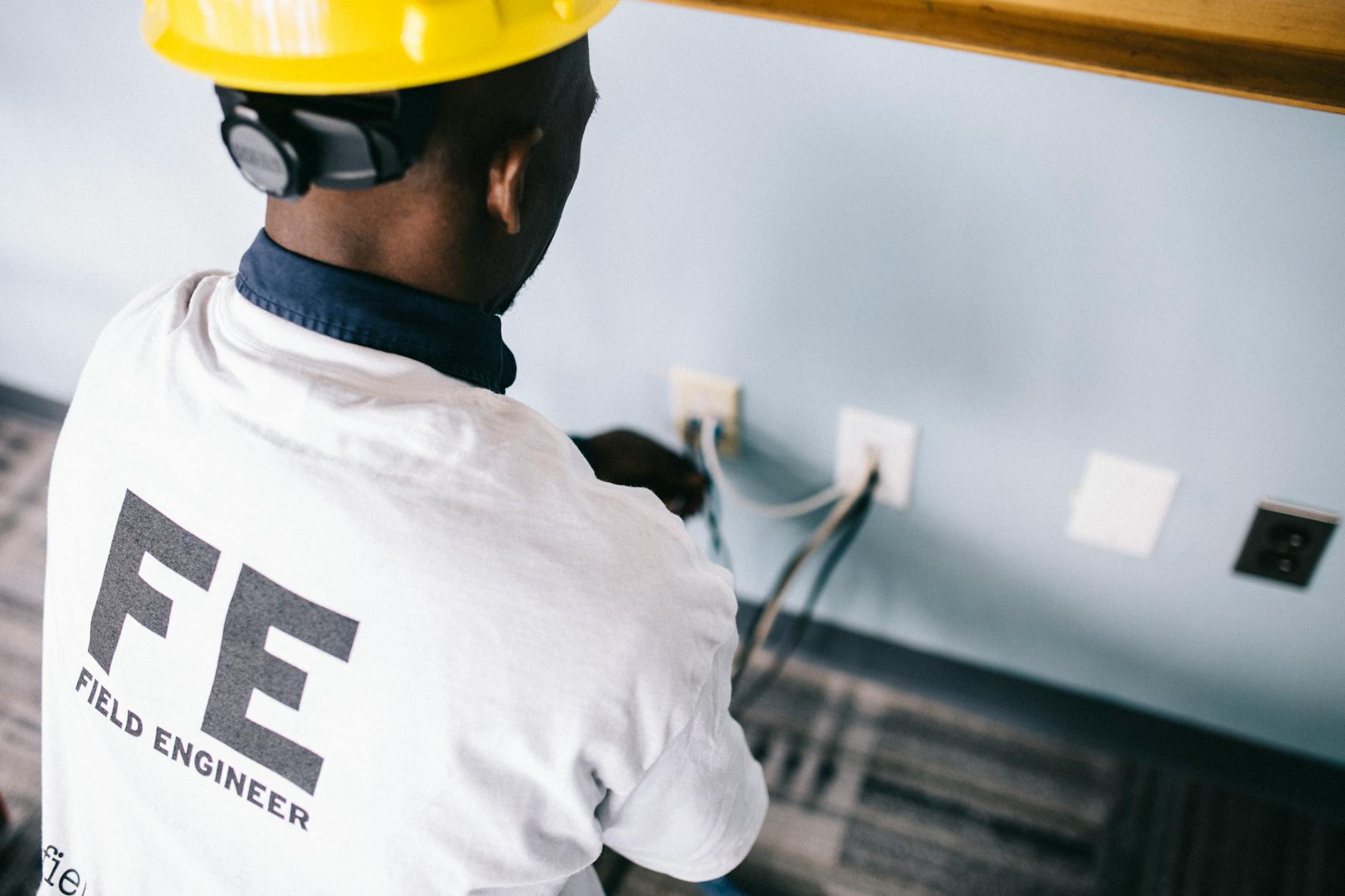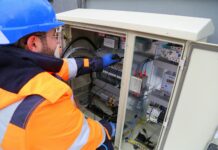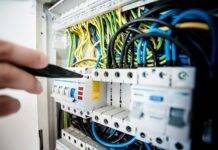
10 Electrical Safety Rules
Introduction
Electricity is an essential part of our modern lives, powering our homes, businesses, and industries. However, it can also be dangerous if not handled properly. That’s why understanding and following electrical safety rules is crucial to preventing accidents and injuries. In this article, we’ll explore 10 important electrical safety rules that everyone should know and follow.
Rule 1: Understand Basic Electrical Concepts
Before diving into electrical work, it’s essential to grasp some fundamental concepts. Voltage, current, and resistance are terms you’ll frequently encounter when dealing with electricity. Voltage refers to the force that pushes electricity through a conductor, while current is the flow of electricity itself. Resistance is the opposition to the flow of current. Understanding these concepts will help you work safely around electricity.
Rule 2: Inspect Electrical Cords Regularly
Damaged electrical cords pose a significant safety hazard. Regularly inspect cords for signs of wear, such as fraying or exposed wires. Replace any damaged cords immediately to prevent electrical shocks or fires. Additionally, avoid running cords under rugs or furniture, as this can cause them to overheat.
Rule 3: Avoid Overloading Circuits
Overloading circuits can lead to overheating and electrical fires. Be mindful of how many appliances you’re using on a single circuit, and avoid plugging too many devices into one outlet. If you frequently experience tripped circuit breakers, it may be a sign that you’re overloading your circuits.
Rule 4: Use Ground Fault Circuit Interrupters (GFCIs)
GFCIs are crucial safety devices that protect against electrical shocks. They quickly shut off power in the event of a ground fault, reducing the risk of electrocution. Install GFCIs in areas where water is present, such as bathrooms, kitchens, and outdoor outlets. Test them regularly to ensure they’re functioning correctly.
Rule 5: Keep Water Away from Electrical Sources
Water and electricity don’t mix. Avoid using electrical devices near water sources, such as sinks, bathtubs, or swimming pools. If an electrical device comes into contact with water, it can cause a short circuit or even electrocution. Be especially cautious when handling electrical appliances in wet or damp environments.
Rule 6: Never Use Electrical Equipment Near Flammable Materials
Combining electricity with flammable materials is a recipe for disaster. Keep electrical equipment away from flammable liquids, gases, or vapors to prevent fires and explosions. Even seemingly innocuous items like paper or cloth can ignite if they come into contact with a hot electrical device.
Rule 7: Unplug Appliances When Not in Use
Leaving appliances plugged in when not in use poses a fire risk. Get into the habit of unplugging devices when they’re not in use, especially before leaving the house or going to bed. This simple step can prevent electrical fires and save energy.
Rule 8: Use Electrical Safety Devices
From surge protectors to outlet covers, various safety devices can help mitigate electrical hazards. Invest in quality safety devices and use them as recommended by the manufacturer. These devices provide an extra layer of protection against electrical shocks, fires, and other accidents.
Rule 9: Educate Yourself and Others
Knowledge is power when it comes to electrical safety. Take the time to educate yourself about potential hazards and safe practices. Share this information with your family, friends, and coworkers to promote a culture of safety. The more people are aware of electrical risks, the better prepared they’ll be to prevent accidents.
Rule 10: Follow Manufacturer Instructions
When using electrical equipment or appliances, always follow the manufacturer’s instructions and guidelines. This includes proper installation, maintenance, and usage procedures. Ignoring manufacturer instructions can void warranties and, more importantly, compromise safety.
Conclusion
Electrical safety is everyone’s responsibility. By following these 10 safety rules, you can protect yourself, your loved ones, and your property from electrical hazards. Remember, a little caution goes a long way when it comes to electricity.
Electrical Grounding: Unraveling the Importance and Essential Techniques
Electrical Cord Management: Safeguarding Against Overloading and Tripping Hazards
Electrical Cord Safety: Inspection and Replacement Guidelines
FAQs (Frequently Asked Questions)
- Why is electrical safety important?
- Electrical safety is crucial because it helps prevent accidents, injuries, and property damage caused by electricity-related hazards.
- How often should I inspect electrical cords?
- It’s recommended to inspect electrical cords regularly, at least once every few months, or whenever you notice signs of wear or damage.
- What should I do if I encounter a frayed electrical cord?
- If you encounter a frayed electrical cord, immediately unplug the device and replace the cord with a new one. Using a damaged cord can increase the risk of electrical shock or fire.
- Can I use electrical equipment outdoors?
- Yes, but only if the equipment is designed for outdoor use and has appropriate weatherproofing. Using indoor electrical equipment outdoors can pose safety hazards.
- Are there any exceptions to using safety devices?
- While safety devices are essential for preventing electrical hazards, there may be some situations where they’re not necessary or practical. However, it’s always best to err on the side of caution and use safety devices whenever possible.
























